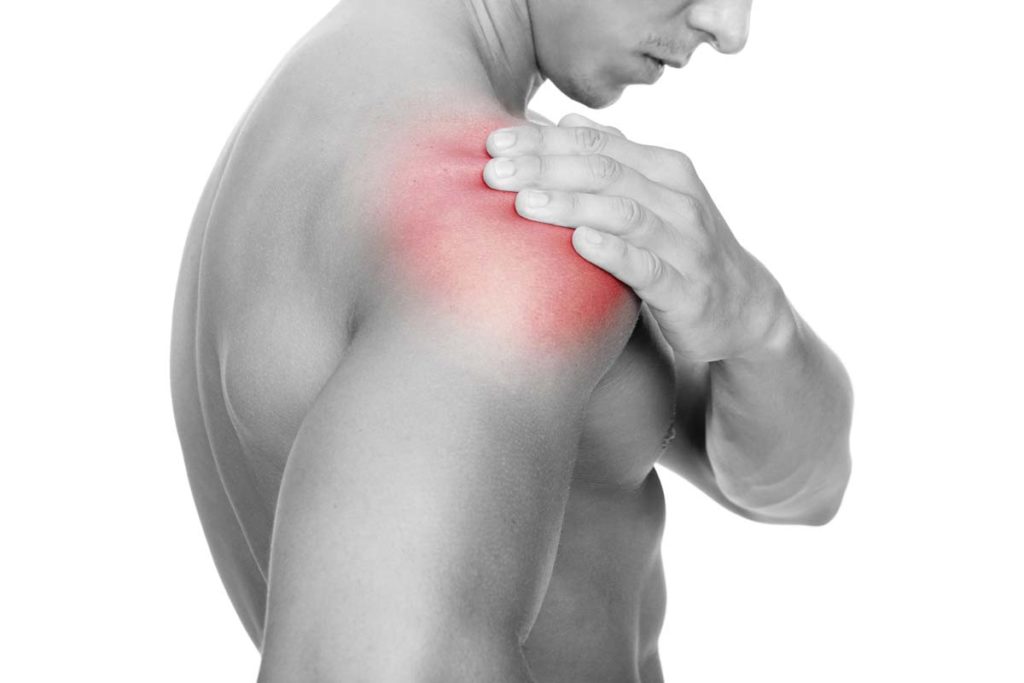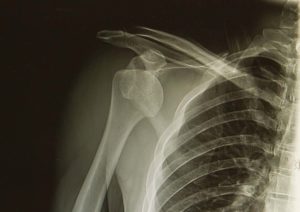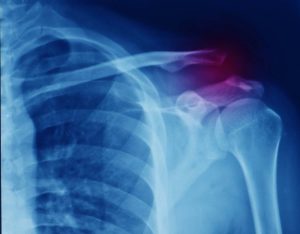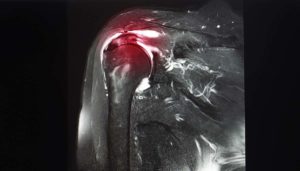
Labral Injuries
Typical Symptoms
Labral tears can cause pain with movements of the shoulder, particularly if these are above shoulder height and towards the end of the range. It can lead to a sharp, catching sensation which subsequently limits movement. There can be associated night pain and radiation along the arm.

What causes it?
Labral injuries can occur following dislocation or subluxation of the shoulder or from force being transmitted through the arm and to the shoulder, such as following a fall onto an outstretched hand. Tears can be at any position around the shoulder joint and depending on the nature of the trauma, there can be more than one concurrently.
How can I help myself?
It is useful to consider what events led to the injury, particularly if there was a specific trauma. Limiting movement that aggravate the pain symptoms can help protect the shoulder and if particularly bad, using a sling or support can help. If possible, it is good to maintain shoulder strength and pain symptoms can be managed with pain-killers or treatments such as acupuncture and cupping.
When to seek help?
If you have sustained an injury to the shoulder either as a direct or indirect force, you should have the injury assessed as soon as possible, particularly if there is chronic pain and functional limitations.
What are the treatment options?
After your clinician assesses you with a history and clinical examination, if they suspect that you have sustained a labral injury, they may try to improve your function with rehabilitation exercises.
If pain is a significant limiting factor, they may organise an MRI scan to define the nature of the tear more clearly before discussing an ultrasound guided cortisone injection for pain symptoms.
In situations where pain and function are not improving, then a surgical intervention may be needed to resolve the injury.




